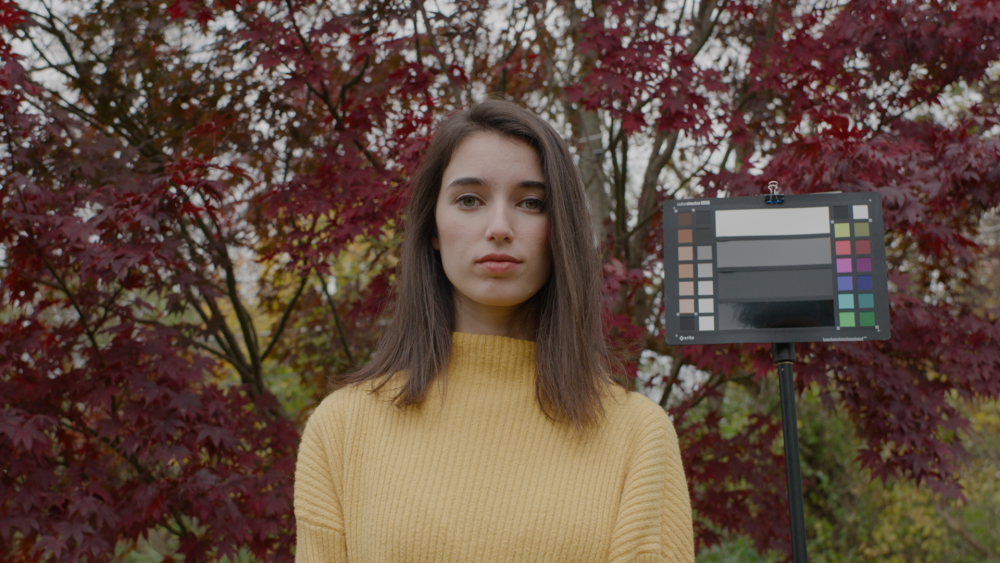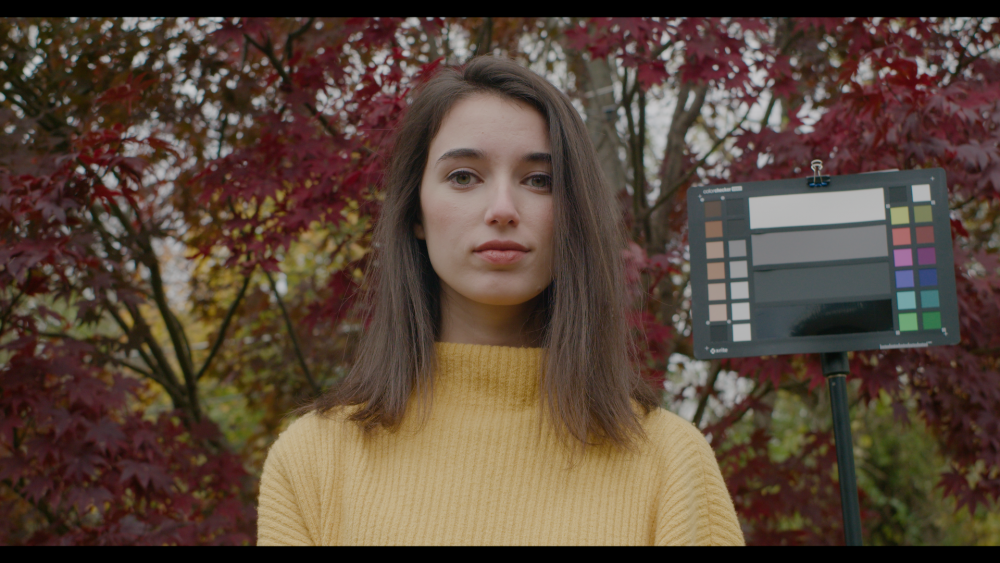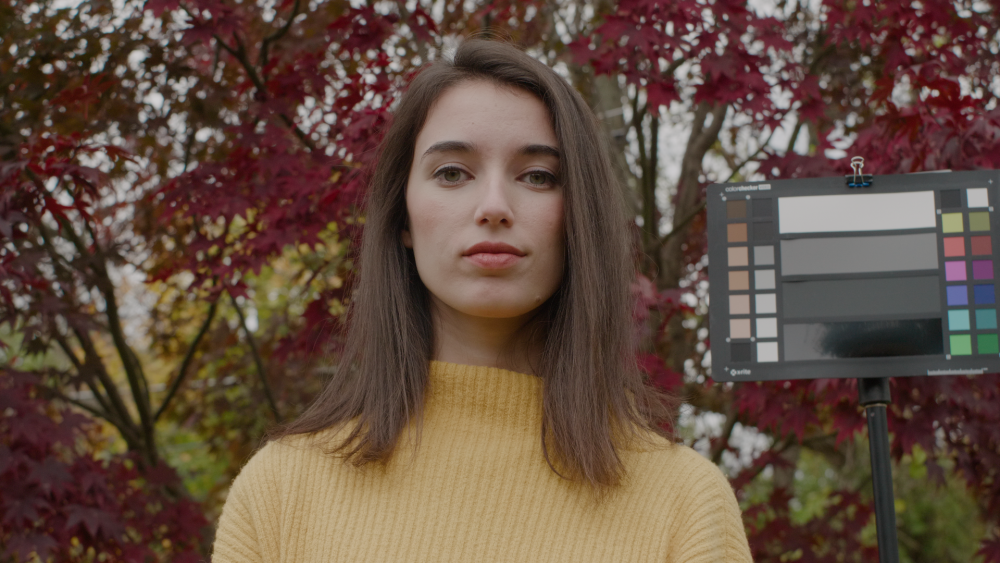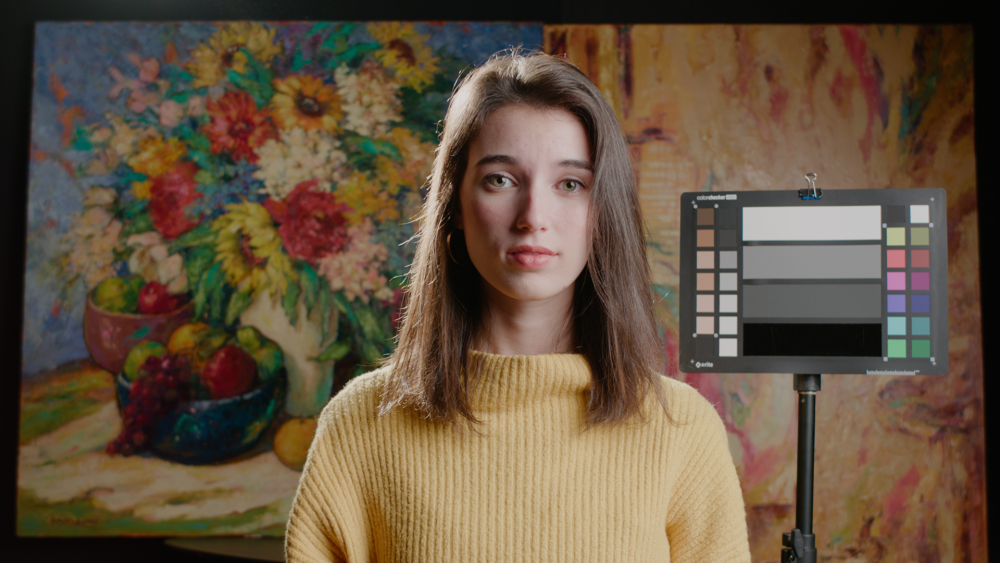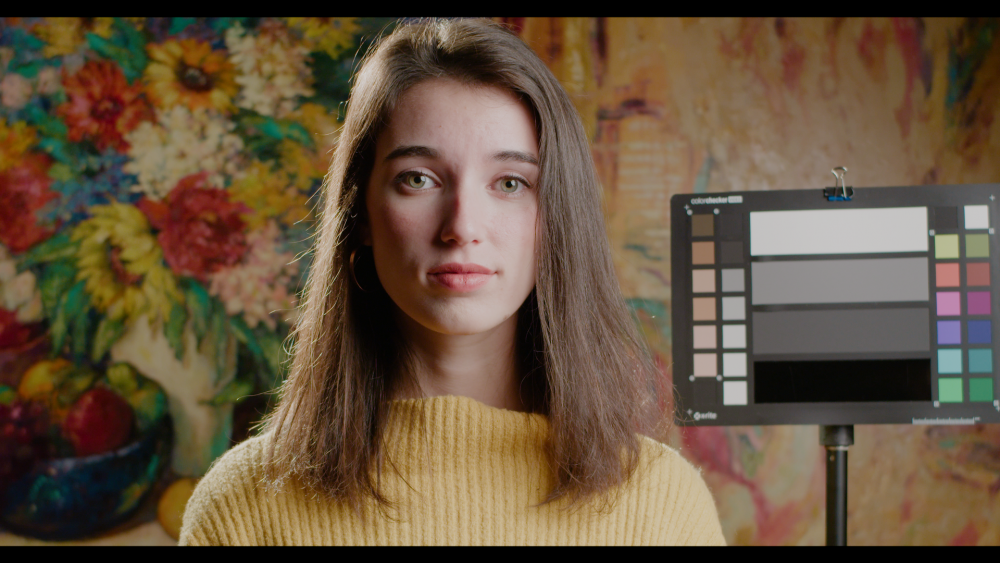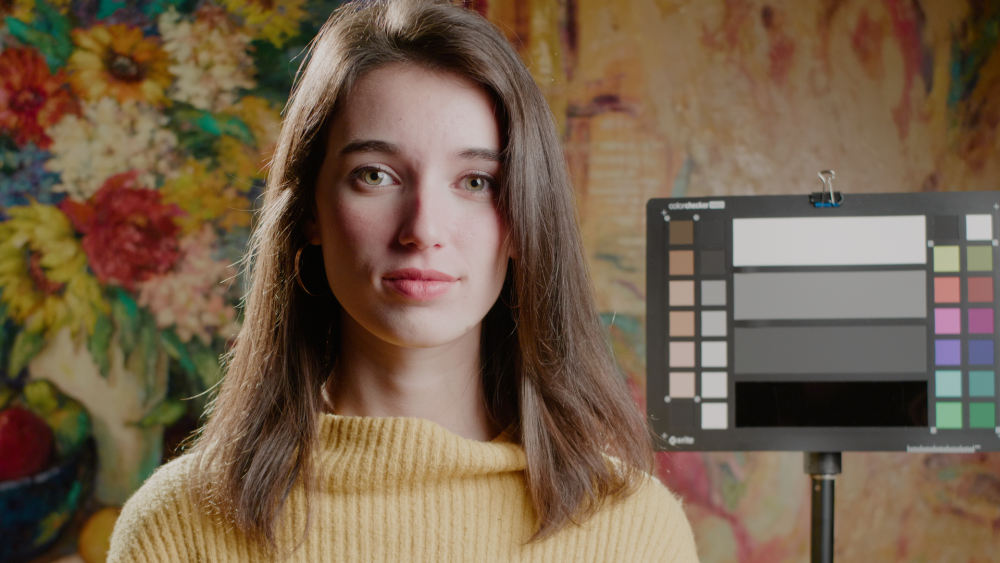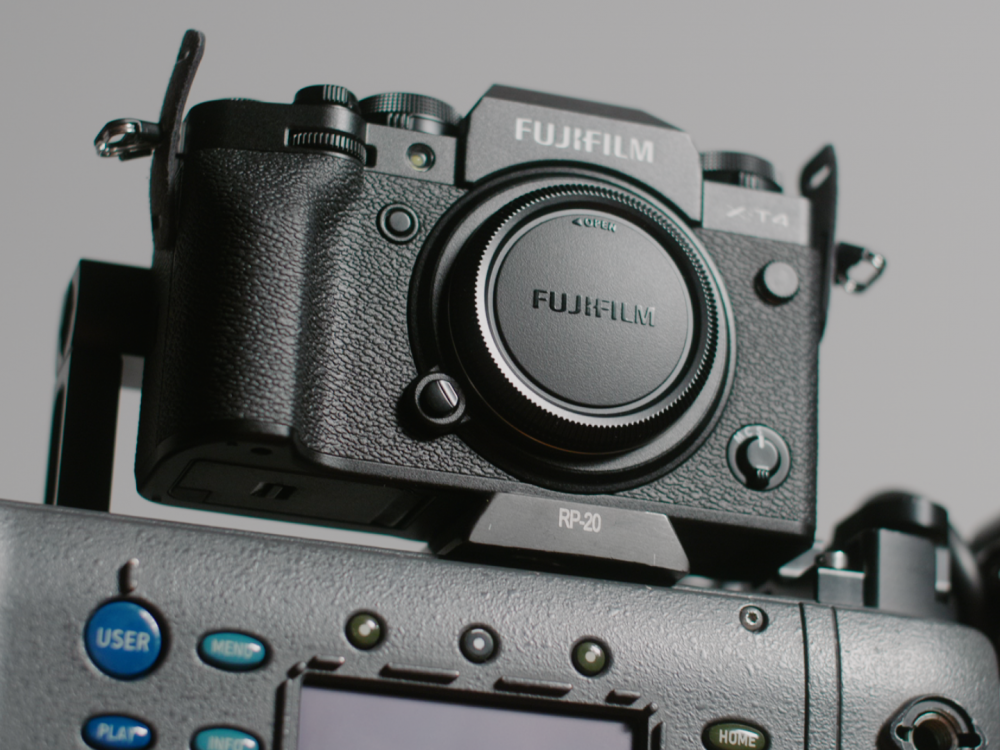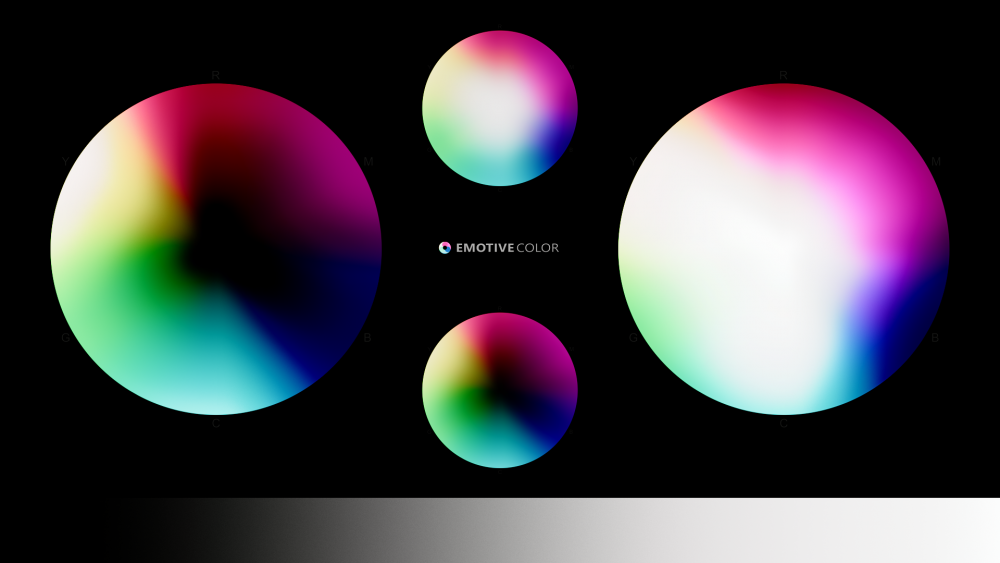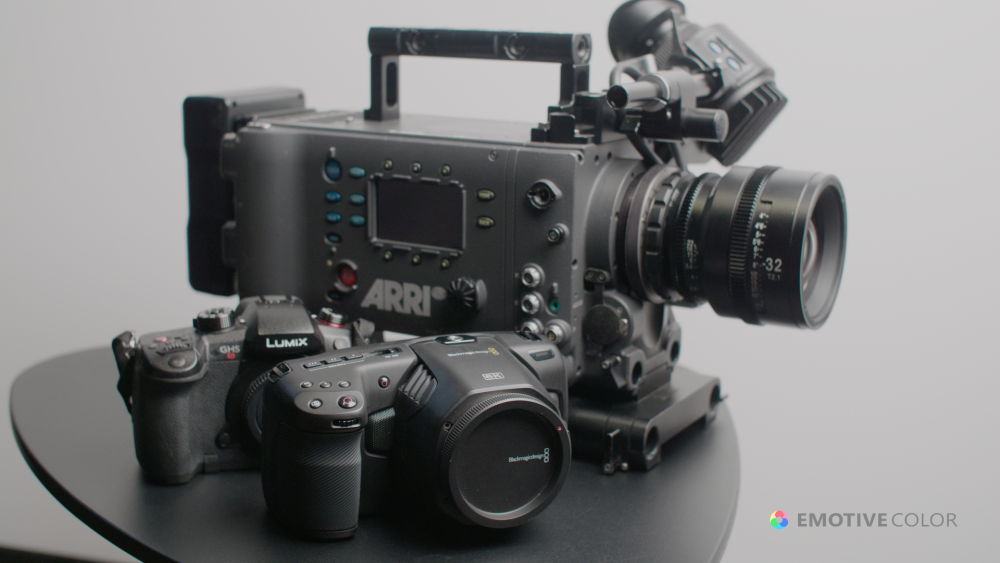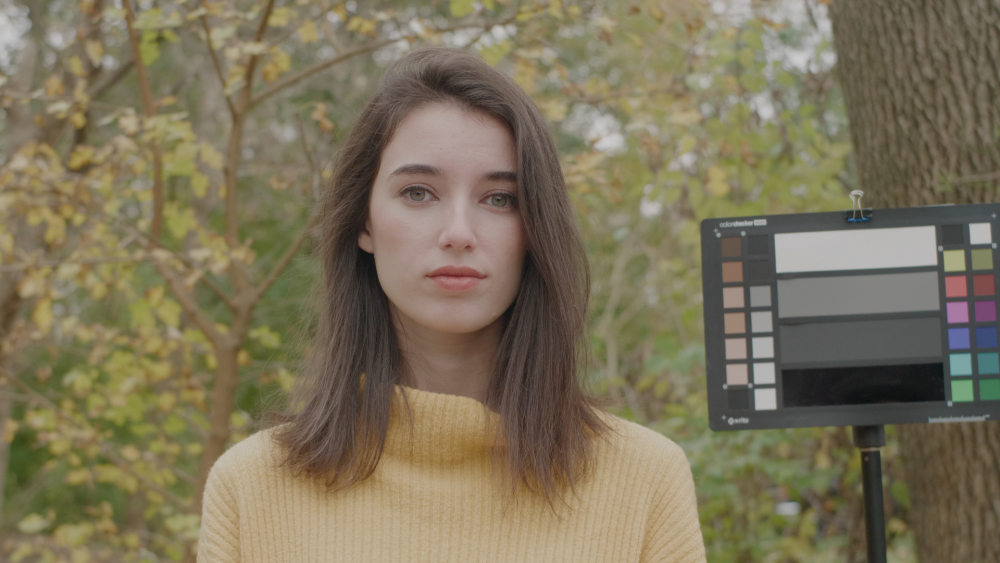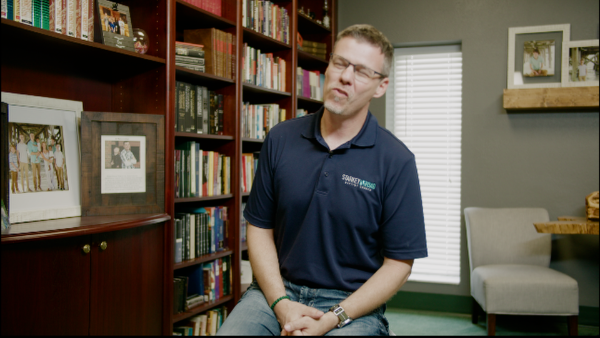-
Posts
659 -
Joined
-
Last visited
Content Type
Profiles
Forums
Articles
Everything posted by Sage
-
@HockeyFan12 Indeed, it likely would work fairly well with the Eva and Varicam, though it wasn't made for their sensors. Hence, it won't quite match its accuracy with the S1. One could export them, though interpolated cubes would be preferable (interpolation is most accurate). One may use LogC intended film conversions, indeed. LogC is often better supported (they've kept a consistent image for more or less 10 years, remarkable among cameras)
-
@jack jin That's the ticket; one might also opt to use day balanced bulbs or CTB gels indoors
-
@jack jin Is it the Daylight conversion? This is common when Daylight is applied to tungsten lighting @TomTheDP Sure, that's possible; I am at a crossroads, wherein there are some experimental ideas I've wanted to mess around with for years. Now with the engine complete, I feel more free to explore them
-
Apologies, I was away for a bit. An update - first, my dad is out of the hospital and recovering from surgery. We are ostensibly through the worst of it. Second, I ended up rewriting the complete engine. All legacy code has been replaced, in order to make extreme saturation projection more accurate, as well as make some improvements along the way (for example, the engine now features a 1D function at core) Third, I've completed the S1/S1H/S5 conversion, as of yesterday. It is the most recent LogC (SUP 11.1.1) Fortunately the S series seems to have a better internal codec. The GH5 was uniquely problematic with its red/green macroblock splitting. To test gradient motion, film a white wall in darkness. Then, move a spotlight back and forth to see If there is banding revealed as the spotlight falls into darkness. Better codecs will handle this smoothly, while more compressed codecs may have some visible bands moving in the gradient. This is the kind of thing that can crop up in lens flares, or panning across gradients.
-
Its something that could be done, though I was concerned with the reports of overheating. I hope Canon can address that in some way
-
Hey @Hicham , I'm working on that next. Upon finishing the 4.2 update recently, I just kept working on the engine, and made some major revisions last week. Now, the S1/H
-
It should be excellent. The mode that I found problematic was actually the 4K 150mbps, specifically on a gradient motion test. 4K 400 and 1080p All-I were both very good here (as well as 1080p 100 long). I'm a 2K fan generally (typical minimalism), hence the preference for 1080p All-I (the GH5 has excellent down-sampling)
-
@GabrielFF I've been at work on an update, making a few adjustments to V4. I wanted to note, be sure to conform luminance as needed *following the conversion (and Auto Black Level) I'm not sure when it will be out just yet, but my intention is asap. There has been an update project holding everything up (including normal life activities for me lol), but once that's complete, then its time to finish FLog (and it will move very quickly)
-
HD600 via a MixPre 3 for everyday music. I had an MDR-7506 at work, and some other really good headphones at home The HD600 have been my favorite music 'phones overall though. for sure
-
There will be PREs if the codec is lacking for the main log format; only the Cine-D Pre would be needed, but I like that HLG on the GH5 could use the default saturation setting. The standard bar is absolute for each new camera; I'd like to do a comparison in the future, wherein the same subject is filmed with every camera. Here are the Alexa, P4K, and GH5, with the most recent conversions/EC709: It will interesting to see; I hope to explore it soon! All-I will give you a codec advantage over 8-bit 60 (and 10-bit 150mbps 24). There is less macroblocking and denser color gradients. The exception is 1080p 100 Long, which was similar to All-I in my gradient motion test. 1080p on the GH5 is very detailed (at the limit of 1080). Cine-D is better than VLog for 4K 8-bit
-
Will do; that's a relief! The challenge with in-cam monitoring (at least on the GH5) is that the interpolation with 17x is the worst I've seen. I remember hearing the S1/H could accept 33x, is that so? This is an area that I want to spend some time studying once a few things are finished. There is variance; the Alev sensor has been said to be tuned between the photosite dyes, UV/IR filter and color sci to have more consistent results across different light sources (there used to be a blurb on their site about this, the old Classic page). The conversions are inherently light source specific (i.e. sunlight or halogen) Count me in!
-
I haven't used the S1 myself; I believe that @austinchimp and @Parker use it with the S1 specifically. I 'd like to support the S1 directly eventually, though there are some hefty items I'm working on at the present moment. With V4 specifically, the standard is now to project 'edge' behavior of a color space infinitely into theoretical values beyond 0-1 (resulting in clean theoretical values beyond the target color space). This means that if a V4 conversion is used on unintended display formats, they will be handled as if they were an extension of that core transform at center, free of artifacts (unlike V3). The entirety of S1 gamut and DR are addressed by the conversion, albeit not directly measured.
-
Thanks guys, it was the hardest news of my life. Fortunately, he's doing well, with almost no side effects despite two cycles of Folfirinox. Its a marathon, but an encouraging start
-
The V4 email should be out to everyone; if you haven't received it please let me know. A month ago, my father was diagnosed with advanced colon cancer at the same time that the virus situation was taking off, and life was thrown into disarray. March is colon cancer awareness month, and we are aware now (get screened every 10 years, starting at 50) The GH5S is, at last, supported. V4: Emotive Color Component ('EC709') - Remade in 'HDR', preserving intense values (exceeding 0.0-1.0), that are incorporated into final Rec709 envelope - Using the new engine, Arri Rec709 primaries are recreated at lower saturation, while 'projecting' this primary behavior to HDR gamut extents (beyond Arri Rec709 gamut clipping) - Raised highlight ceiling for Main (average between Soft and Linear) - Significantly refined saturation envelope for Main and Linear (& Soft, to a lesser extent) Core LogC - Remade with new engine (Incorporates initial baseline HSL conform) - Fixed chart scan error that added 1/18th incorrect neighboring sample value to each sample average (hidden mistake in my very earliest code) (Corrects for persistent slight inaccuracies despite multipass, such as magenta bias of shadow skin tone in Tungsten) - Fully linearized highlight rolloff (true to LogC) with maximal detail retention (effective highlight DR increase) - New smoothing algorithm (incorporated into engine) - 12 passes, combining two hue-aware algorithms for new smoothness standard while preserving hue lines - Most extreme gamut is now directly measured and preserved (i.e. colored Leds in night environments) Misc. - Added Exposure Compensation [PRE]s - actual exposure color conversions for use ahead of the conversion (interpolated from sample data, incorporating rolloff) - Added Auto Black Level POSTs - for use following the conversion; quickly conform black level in any NLE (No accompanying relative hue/saturation distortion whatsoever, unlike standard luma tools) - Remade all PREs with new engine, taking new NLE measurements to accommodate NLE profile rendition shifts since original release - Direct monitoring variations included for HLG and Cine-D, and VLog external monitoring variation (includes levels fix) - Rewrite of Pdf (for Gen.4) - Direct FCPX support added (with distinct PREs and Pdf) - Significantly more efficient file sizes - 16 bit Gradient Chart included to test smoothness of theoretical & far gamut, and reveal pipeline banding issues - Each file is now unique to its owner at coordinate level
-
They look good guys - The BT 709 step shouldn't be needed in theory - one can conform FLog directly to VLog, and then apply the conversion, followed by ABL/luma to add contrast. The red, cyan, and yellow look really nice together *By the way, how do you like V4 (and the new Pres/Posts) so far?
-
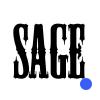
Filming a short film in isolation. self-made narrative.
Sage replied to Wild Ranger's topic in Cameras
Buenisimo! -
Hmm, that's a strange one. When a bug like this happens at project level, I often start a new project and import everything. One can export the timeline when it is highlighted in the project bin, through File > Export AAF, XML. That will often strip the timeline of project level bugs when re-importing to a new project. And, place the whole EC folder into the Resolve folder, and refresh in Resolve (as compared to a single cube, etc). This way, you can have the ABLs and Exps in folder order right next to the conversions. Here's -.66 + Day Lin + Abl2:
-
Apologies for the slowness, they're going out at snail speed. If you haven't received it yet, and want to get it right away, just send me an email (most should have it by now). I'm going to resend some of the first, because I believe they went to spam. Before the summer
-
Yea, that's the truth. Gmail is geared for singular emails (their spam filters are so good)
-
I believe that the PRE will be needed - unless the tool compensates levels to match normative 'video' flagging for DNx. The heart of the problem is that VLog is flagged at 'full' levels, but ProRes/DNx are at 'video' levels. When wrapped in these codecs, the flagging of native VLog is lost. One can confirm levels using the LogC black level image; if black level (hand over lens) with LogC applied lines up with that image, then levels are correct. They are going out now, you found it early I am hoping that everyone will receive the email, but it is scheduled to go out in trickle fashion to try and avoid the spam filter. It seems to be working (though the first emails that went out may have been blocked). In any case, you can send me an email to get it right away.
-
He has done an excellent job of matching color spaces solely using color tools. A 3x3 matrix is kind of like a uniform accordion of R,G & B space, the cleanest tool for the job. The unique advantages to this approach are its tweak-ability, and that it won't clip boundary data in Resolve if you place a grade before the powergrade (grade after though; preserve core logc)
-
Is it the case that IBIS is inseparable from electronic IS, or just that no non-E-IS videos have been posted yet? *If only they could achieve solid IBIS, sans OIS etc
-
Nice work!
-
Within the week; I'm finishing the last details and trying to figure out email. Email is a logistical nightmare




